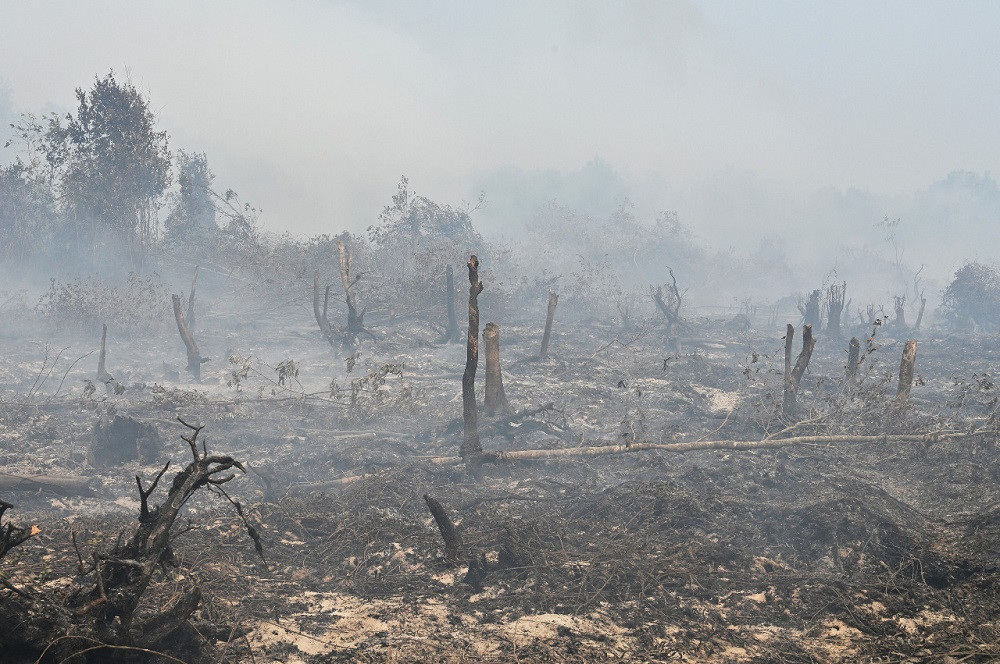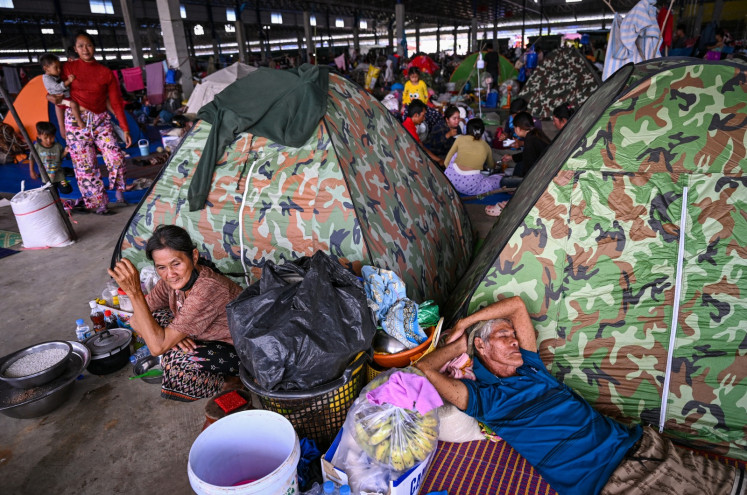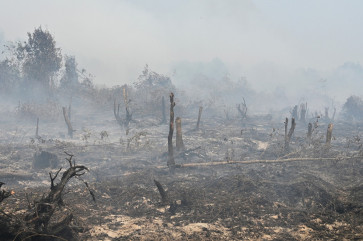Popular Reads
Top Results
Can't find what you're looking for?
View all search resultsPopular Reads
Top Results
Can't find what you're looking for?
View all search resultsBurning issues of post-pandemic economic recovery
Fires were used as a cost-effective tool both to expand agriculture and in farm practices, often small-scale operations.
Change text size
Gift Premium Articles
to Anyone
F
ires have raged across Mediterranean countries, Siberia and the subarctic area in recent months. Firefighters in the United States have been battling blazes across 15 states, yet fires continued to grow. Meanwhile, Indonesia has been relatively lucky with two years of "wet" dry seasons in a row. Our last big fire was in 2019, but we do not know what will happen next year.
Land fires are not always a natural occurrence; 99 percent of the time, they are the product of human activity. However, when it comes to land fires and haze, palm oil and forestry companies have been persistently accused of causing them. But the expansion of oil palm plantations in Indonesia has sharply declined, even coming to a virtual stop after the government issued a moratorium on new plantation licenses from 2018 to the end of September this year.
According to the National Disaster Mitigation Agency's (BNPB) 2013 reports, land fires were caused by human activities and weather conditions. A long dry season created the conditions for fires. But still, 99 percent of the fires were caused by socionatural hazards.
In 2015, then-Center for International Forestry Research (Cifor) director general Peter Holmgren said fires occurring in Indonesia were mostly farm or agriculture fires. They were used as a cost-effective tool both to expand agriculture and in farm practices, often small-scale operations. Purnomo et.al (2019) also from Cifor, observed that local politics had a significant impact on the use of fire as a land-clearing tool. It was heavily influenced by local elites.
Forestfire19 Report issued in 2020 by Chain Reaction Research showed that smallholders were the main contributors to land burning in Indonesia, covering 1.6 million hectares, particularly in Kalimantan and Sumatra.
Other research also confirmed that Indonesia’s forests, by contrast, appear to have limited natural sources of fire. Despite annual dry seasons, the chances of devastating large-scale fires starting from natural causes, like lightning, are low. Most fires are deliberately ignited for slash-and-burn farming practices.
Studies following the massive fires in Riau found that many local communities occupied companies’ concessions. Because land clearing with an excavator is prohibitively expensive, smallholders often used fire to clear land. Fires occurred more in areas where there was new development, particularly where there were land-use changes associated with new agriculture.


















